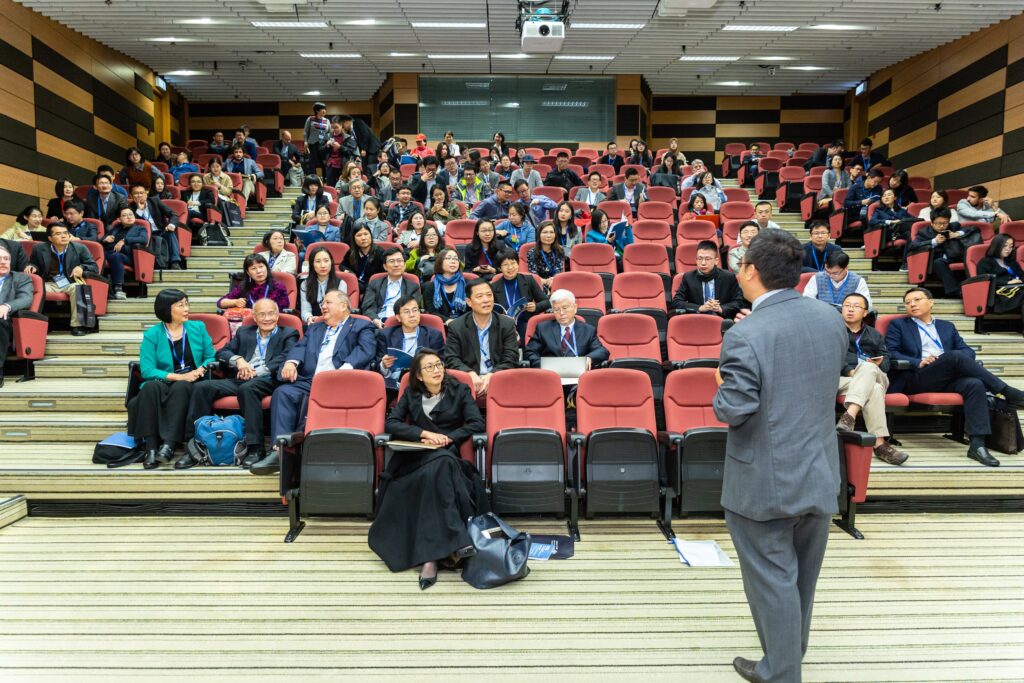Sample Speech
Title: The Importance of Creativity in Education

Introduction
When I was in third grade, my teacher, Mrs. Andrews, gave our class a unique assignment. She handed each of us a plain white piece of paper and simply said, “Create something.” There were no further instructions, no guidelines, just the freedom to create whatever we wanted. Some students drew pictures, others folded their paper into origami, and a few even wrote poems. I remember feeling a mix of excitement and fear—what should I create? But as I let my imagination run wild, I ended up drawing an entire city of imaginary creatures, complete with flying cars and floating buildings. That was the day I learned that creativity has no boundaries.
Imagine a world where every classroom buzzes with the excitement of discovery, where students don’t just learn by memorization but by exploration. Imagine a world where creativity is not just an afterthought but a central pillar of education. This is not a distant dream—it is something we can and must achieve.
Today, I want to talk to you about the importance of creativity in education. In a rapidly changing world, creativity isn’t just a nice-to-have skill; it’s essential. It equips students with the ability to think critically, solve complex problems, and adapt to new challenges. By integrating creativity into our educational systems, we can prepare the next generation for a future that demands innovation and flexibility.
Body
Main Point 1: Creativity Enhances Problem-Solving Skills
First of all, creativity plays a critical role in enhancing problem-solving skills. Traditional education often emphasizes rote learning and standardized testing, but real-world problems are rarely solved with a one-size-fits-all approach. Creative thinking encourages students to explore multiple solutions, consider different perspectives, and think outside the box.
For example, in a study conducted by the American Psychological Association, students who were engaged in creative activities, such as brainstorming sessions or design challenges, were significantly better at solving complex problems than those who followed a more rigid, linear approach. This kind of thinking is exactly what’s needed in industries ranging from technology to healthcare.
Main Point 2: Creativity Encourages Lifelong Learning
Moreover, creativity fosters a love for lifelong learning. When students are allowed to experiment, create, and innovate, they become more engaged and curious learners. This curiosity doesn’t end when the school bell rings; it stays with them throughout their lives.
Consider the case of famous innovators like Steve Jobs and Elon Musk. They didn’t succeed because they followed the rules; they succeeded because they broke them, because they approached problems creatively and persistently sought new knowledge. By nurturing creativity in education, we’re not just teaching students facts; we’re teaching them how to learn, adapt, and grow in an ever-changing world.
Main Point 3: Creativity Prepares Students for the Future Workforce
Finally, creativity is essential for preparing students for the future workforce. According to the World Economic Forum, creativity is one of the top skills employers will look for in the coming years. As automation and artificial intelligence continue to evolve, the jobs of tomorrow will require innovative thinking, adaptability, and a creative approach to problem-solving.
For instance, many of the jobs that today’s students will occupy don’t even exist yet. The ability to think creatively will help them navigate a future where change is the only constant. Educators must recognize this and integrate creative exercises into their curriculum, not as an afterthought but as a fundamental component of learning.
Conclusion
In conclusion, creativity in education is not just about encouraging students to draw or write stories—it’s about equipping them with the skills they need to succeed in life. It enhances problem-solving abilities, fosters a love for lifelong learning, and prepares them for a future where innovation is key.
As we look towards the future, let’s commit to making creativity a priority in our classrooms. Let’s create an environment where students are encouraged to think differently, explore new ideas, and imagine the possibilities. After all, the future belongs to those who can imagine it, create it, and bring it to life.
Example: TED Video
Creativity expert Sir Ken Robinson challenged the way we educate our children, championing a radical rethink of how our school systems cultivate creativity and acknowledge multiple types of intelligence.
